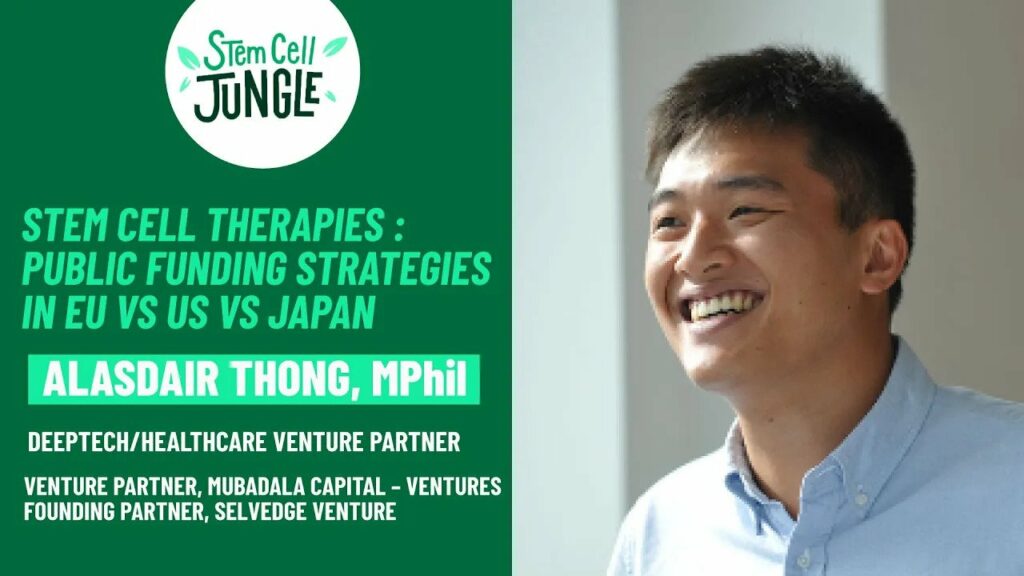Transcript:
With public funds, you can’t be seen to be failing. Because it’s public funds. In my mind, in Europe at least, the bureaucracy in some senses has gotten in our own way, because without a way to actually change… You know, unless there’s actually a different sort of protocol and way to assess what we do in advanced stem cells or with CAR-T’s or gene therapies and CRISPR, which are super sci-fi, you know, fundamentally scary things for public entities to back. There needs to be a different pot of money, which has a different set of requirements to actually go out and do the same things that the NIH for example does, or DARPA does in the US, where they’ll throw money in things like this, because it’s valuable and they understand the valuableness around it. Japan as we talked about already, and some of the asian countries, it’s much more bought in in the public side of it, because they see that this is the place where there is the most innovation.
And what I mean when I say that is :
how many fundamentally new targets and drugs have been discovered, developed and commercialized in Asia on their own, without western help ?
A few.
How many of those have been back commercialized by the FDA, when it’s first been approved by the CFDA or whatever the chinese FDA’s calling themselves ?
Basically none.
So there is this huge push in Asia and a huge pride thing in Asia to be able to say we have developed or created our own drug from scratch, out of nowhere, from our own universities, without any influence from the West.
We did not copy anyone. We created this from scratch. Now we think about the chances of being able to push a silver line in Asia and the modalities. Stem cells in Japan is actually the most innovative science that you’re going to find in Asia. It’s where the nobel prize came from most recently in Asia, right ? Like that’s the place where they’re going to really have the biggest impact to push forward the most, and actually say :
“We’re as good as the West, and we’re as good as the US innovation and European innovation”.
It’s going to be in that space they do it.


